|
If you ask high school students what they think the requirements for original artwork are, chances are that you'll get some version of the artist-as-genius argument. Original art, this line of thinking follows, is totally unique and has never been seen before. When I have this conversation with my Art 1 students, I say sure, like Picasso. Yes, they agree, because he's one of the artists most of them have heard of. I go on to talk about how he played a central role in developing a new way of depicting images - cubism - and revolutionized the western art word. Totally innovative - except for the fact that breaking objects into geometric shapes wasn't new - artists from around the world had been doing it since forever. Les Demoiselles d'Avignon, by Picasso, and a statue from the Vili people pf central Africa, which was owned by Matisse. This work had a huge impact on 24 year old Picasso. Read here for more in depth information. Picasso genius wasn't in creating something totally new, it was in combining inspiration drawn from other artistic traditions with his own knowledge. This idea of originality, as something approachable that we can all do, is what my students need. We try this out in a short group exercise. I share a list of some ways to remix the familiar, including juxtaposition, changing a fundamental element, the addition of text and using unexpected media, then show some Dorina Lynde and some Yung Jake. Next, I share a list of iconic artworks, and challenge groups to use digital media to reimagine one. They have around 30 minutes to create before presenting what they make to the class. They run with it (see student work below) using some apps I've heard of, but others I haven't. I've taught this lesson before, but this is the first time I've required digital media. It makes for a much better experience, because it requires students to consider the art-making potential of technology they use everyday, plus the ease in which these images can be created is very conducive to the sort of play that gives the images below life.
I love this art-making experience because it challenges kids to think about what originality really means, as well as to examine the creative potential of digital tools as they create with images that are culturally relevant to them as individuals. It creates the perfect reference point for the first time someone wants to copy an image from Pinterest or draw copyrighted material. Plus, it's fun.
0 Comments
Like many art teachers, I feel like I should teach a set of skills that haven't changed much since the Renaissance and I start with those. My thinking has been to "build a foundation to support choice". That foundation, I've slowly realized, doesn't support what I think it does. Instead, it reinforces outdated notions about what makes art worthwhile. Also, the skills I feel pressured to focus on show a western art centered bias - one I'd like to think I don't have. El Anatsui, Lines that Link Humanity - literally made out of discarded bottle caps. This is art, I say on the first day. We play an awesome, creative, stimulating game. My class seems fun, they think - then they come in the second day and start with drawing or painting Bootcamp. These are well designed experiences, and most kids enjoy them, but they reinforce an understanding that's probably been building since they first walked into an art room (unless they got lucky and had a TAB teacher) - that realistic art is good and their value as an artist is directly related to their ability to render. This message is the exact opposite from what they need to hear. What I need to show them, with what I teach as well as my actions and words, is that everyone can make successful art, that good art is as varied as the individual humans that make it and that they - each and every one - have something important to say. Just getting started: working with wind, collage and exploring clay technique. So, this year we aren't drawing until well into October. The class started with kinetic sculptures. then moved to collage and now clay. As a high school level beginning art teacher, I have to start with a media overview, and and these are all open-ended explorations that have multiple avenues to success. I'll teach a variety of drawing and painting processes this year in a similar format, but I'll do it later, when my kids have started to all see themselves as successful artists. As for any skill I feel like I "need" to teach, I'll reflect on these words, shared with me by Stacy: "If someone says to you, “You have to know the rules before you can break them.” Ask yourself, whose rule is that? And, how has that rule served to silence those who don’t fit the dominant paradigm?…Standards were developed by people. By sincere people reflecting their best understanding of the arts and culture at that time. Times change. It is our job as contemporary artist educators to teach the most useful, complex, artistically sophisticated version of art education that we can now imagine." - Olivia Gude, Meaningful Making: Why We Need New School Art Styles Here's to a year of amplifying student voices and making rules that best fit their needs.  There is a pervasive preference in art education for realism. This school year I'm taking steps to end it in my classroom. I only recently realized how the choices we make as a teachers communicate to students that representational work is better. I noticed, again and again, kids in my classes with the attitude that the less close work is to realistic the less talent it takes - even students who excel at stylistic expression. Where, I wondered, does this mindset come from? It starts with the skills we teach. Students need a foundation to support more independent work, we think, so we show them how to capture what they see. Proportion, perspective, value, shading, mixing the correct colors - all of these important things require time and attention. It’s important to learn the rules before we break them, we think. Once they know enough, maybe then we can ask our students what they want to make, but by then it’s too late for many, who’ve given up because their value gradation was lacking or because they just got bored. What if, instead (or at least along with) we taught other skills, skills like independent thinking and questioning? Instead of showing students “the right way” what if we asked them what the possibilities are? Sure, we could include some traditional technical skills but they need to be in their proper place for the contemporary art world. Not in front, but instead to the side, driven by how they can support the artists' intent and meaning. If we taught this way our students would start to see talent not just as who can paint the most realistic apple, they'd see in in something innate in all of us. Of course, we teachers have to believe that first.
On the first day I always provide an overview of the class, but I don't do it by reading from a syllabus - I do it by setting up an interactive team challenge that introduces students to my Artistic Thinking Process.
This year's learning challenge was modified from this lesson from the North Carolina Museum of Art's NCMALearn, which is full of amazing resources that I learned about this summer as part of the museum's Fellowship for Collaborative Teaching. Inspiration & Development
I started the activity by challenging groups to make a kinetic sculptures. I asked them to develop an idea by observing Vollis Simpson's Wind Machine through the video below. Students looked carefully, writing down observations about how they observed the sculpture moving.
Next, I asked groups to dig a bit deeper by researching kinetic artwork on This is Colossal. Groups used the search function to find related artwork, then presented a work that inspired them to the class. Theo Jensen's work was a favorite. Creation
I passed out bins of materials from the dollar store that contained cups, styrofoam trays, brads, pipe cleaners, popsicle sticks, cardboard and long strips of paper.
As students worked to have work ready to present in 45 minutes, I observed them at work and prompted groups to test their ideas at the wind station, were a blow dryer was set up, and to reflect on what they noticed. Kids worked, tested, revised and refined!
Students spent the last few minutes of class presenting their work by demonstrating how it moved in front of the class. The goals were:
Some student work: |
Mrs. PurteeI'm interested in creating a student student centered space for my high school students through choice and abundant opportunity for self expression. I'm also a writer for SchoolArts co-author of The Open Art Room. Archives
December 2019
Categories
All
|

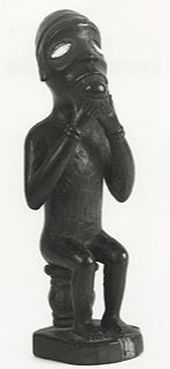




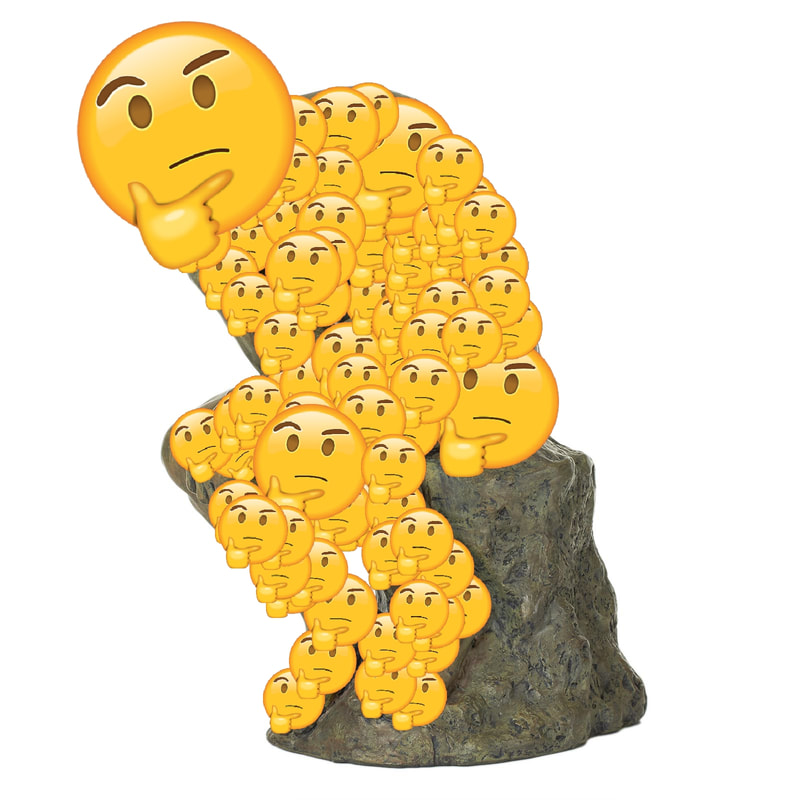

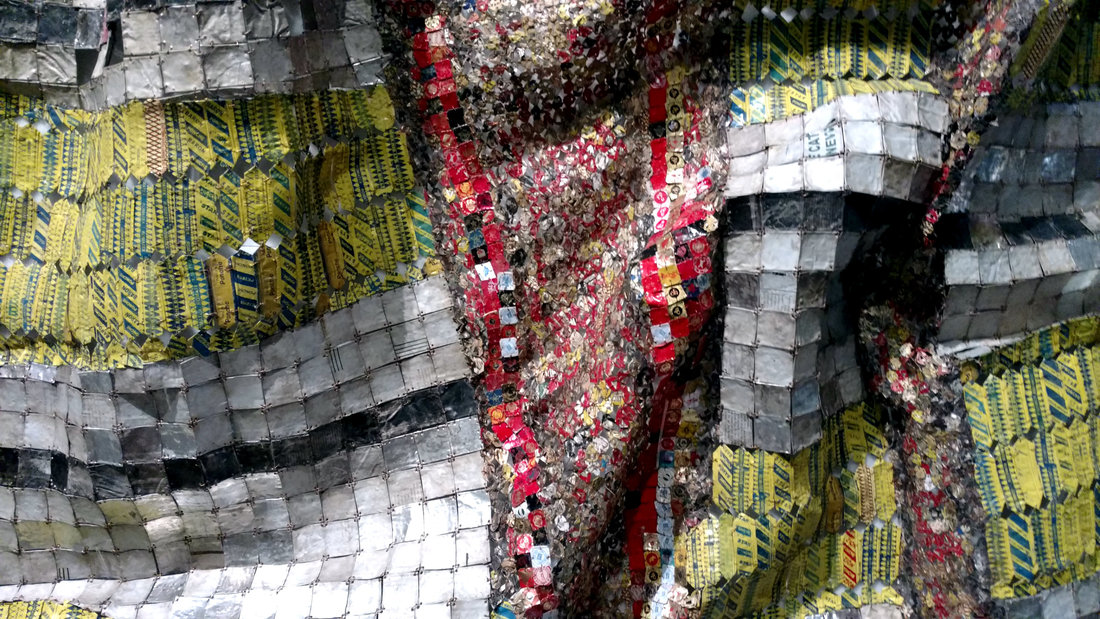
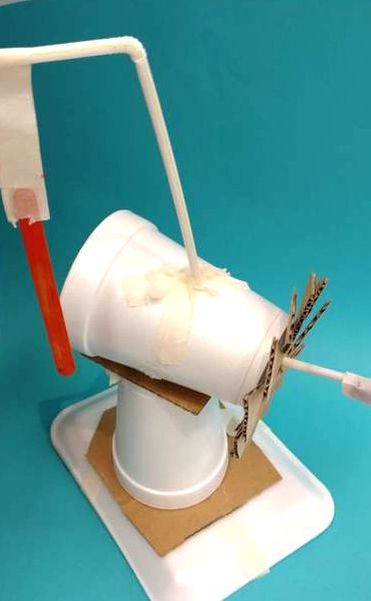

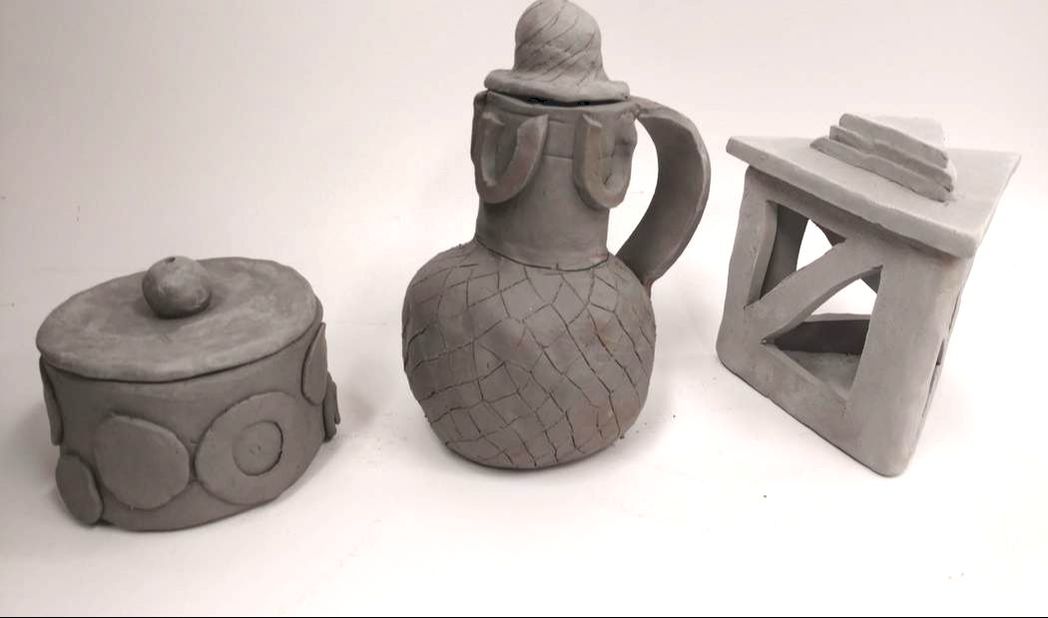
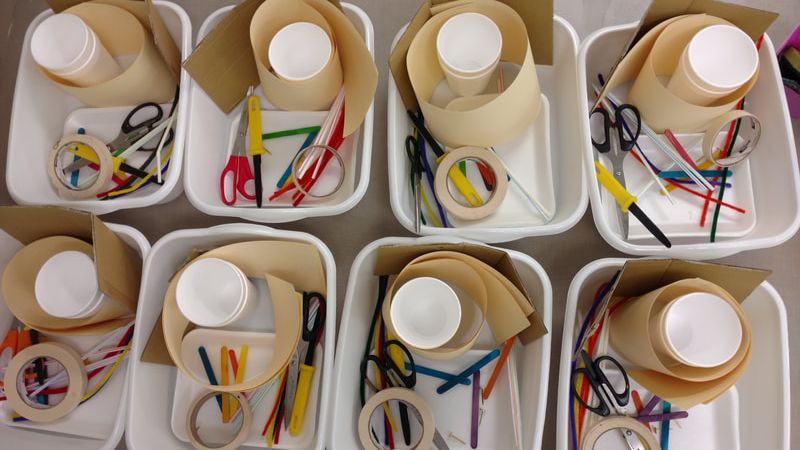
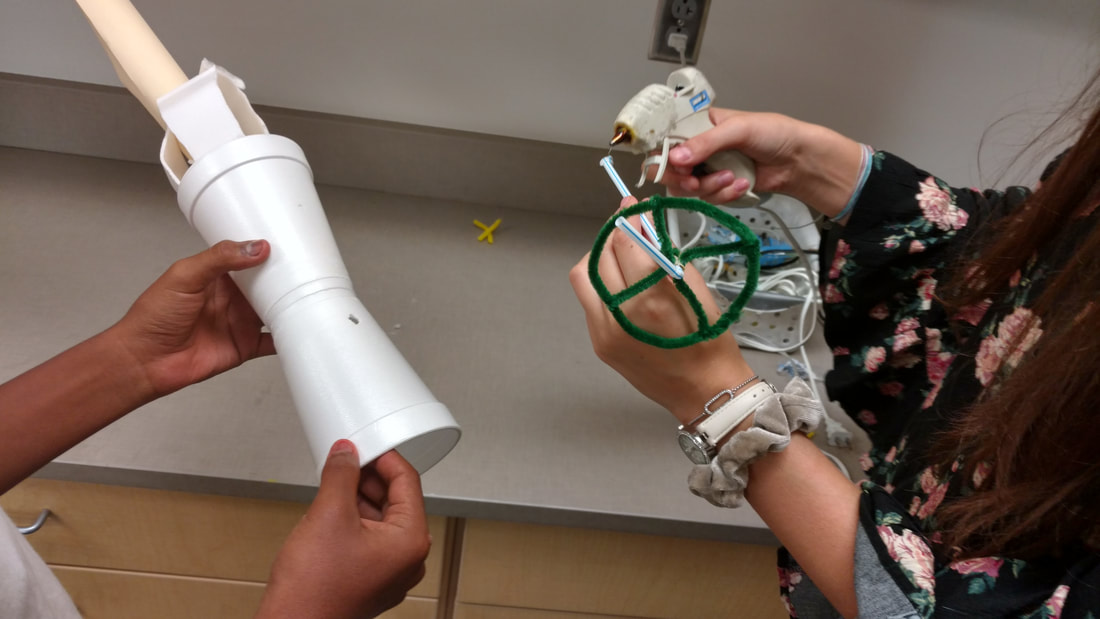
 RSS Feed
RSS Feed
